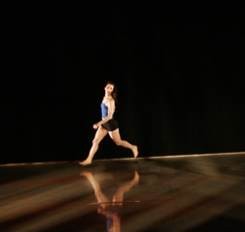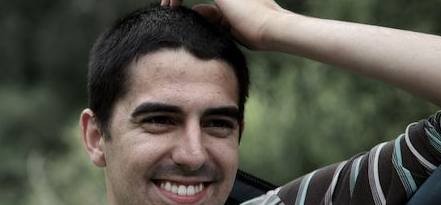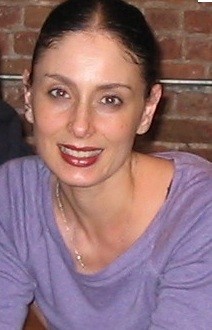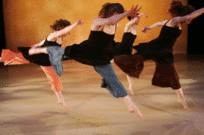Catherine Gallant Revives Isadora Duncan
Modern Dance from the Beginning to Now
By: Susan Hall - Apr 25, 2011
Catherine Gallant Dancers
City Center Studios, New York
April 17, 2011
Five Synopses choreographed by Catherine Gallant in collaboration with the dancers
Music by Lisa Bielawa
Reflets d’Allemagne choreographed by Isadora Duncan, Music Florent Schmitt
Francesca Todesco, Natalie Brillante, Loretta Thomas, Catherine Gallant, Michelle Cohen, Chriselle Tidrick
Grand Macabre choreographed by Isadora Duncan, restaged by Catherine Gallant and Dances by Isadora, 2011. Music Franz Schubert.
Solo Catherine Gallant
Coda, all the dancers.
Upcoming Central Park, New York City May 27
Workshop Murray Street, New York City July 5-15
www.catherinegallantdance.com
www.dancesbyisadora.com
For thirty years, Catherine Gallant has choreographed dance both to move the ideas of the modern form forward and also to preserve the work of Isadora Duncan.
In a riveting program Gallant put on last week, she introduced the music of young composer, Lisa Bielawa, a recent recipient of the Rome Prize.
Bielawa had composed 15 short solo pieces, five of which were danced by members of the Gallant company. Bielawa was inspired by Luciano Berio’s Sequenzas, and also by Hemingway’s famous six word story, “For sale, baby shoes, never used.” Gallant choreographed each suite with the dancing soloist. A brilliant conceit brilliant conceived.
Up first was Michelle Cohen, interpreting “I don’t even play the bassoon.” Miranda Sielaff provided piquant music on her violin. Like a baboon struggling to stand before he will become ‘us’ and walk, Cohen optimistically dashed around the stage space.
Gregory Youdan looked like “that kind of lawyer,” as he articulated frustration and fury in “I’m not that kind of lawyer.” Doug Balliet on the bass helped drive Youdan mad. Both created the notion that the lawyer we were beholding was as nuts as the lawyer “he was not.”
The ‘lawyer’ is found collapsed on the stage by Chriselle Tidrick, who floated in and banished ‘the lawyer.’ Aaron Trent, a percussionist who you could easily imagine in one of his specialties – the accompaniment of silent films, drove Tidrick and also beamed her up “in the eyes of the beholder.”
Eric Jacobsen, who has also accompanied the adventuresome singer Dawn Upshaw, was moving in “Why did you lie to me,” interpreted by Rob Fernandez with appropriate confusion and anguish.
Moving around the space in “I Know this Room so Well,” Catherine Gallant made us see the dance space room anew, as Matt Dine helped her explore the floor on his oboe. Since the entire afternoon was titled “In the Eyes of the Beholder,” Gallant’s exploration of ‘our’ space was particularly touching.
Two renditions of Isadora Duncan’s work were pieces undertaken shortly after her children accidentally drowned. Reflet D’Allemagne, three dances named for German towns and inspired by composer Florent Schmitt, were delightful. Mary Jo Pagano and Alan Moverman accompanied on the piano, four hands. They also played the Grand March, often called the Tragic March, by Franz Schubert. Gallant composed a more upbeat, resolved resolution in a charming coda.
It is worth quoting Gallant’s description of the “core of her work,” because it was so perfectly realized in this program: …"a deep interest in the expressive power of human movement. Our process is a collaborative searching, by choreographer and dancers, for moments of off balance and discomfort, searching for questions that lead to new ways of moving and listening. We often use found movement material.”






